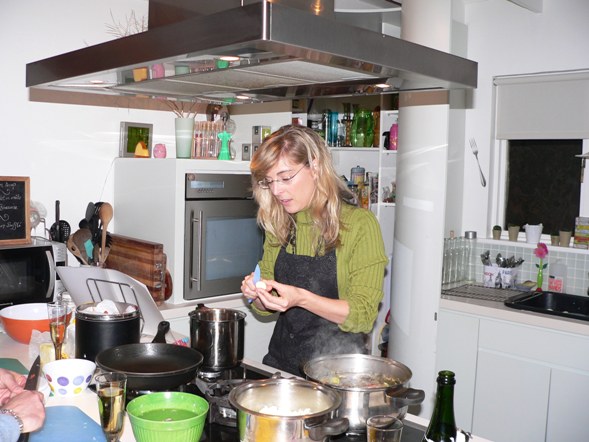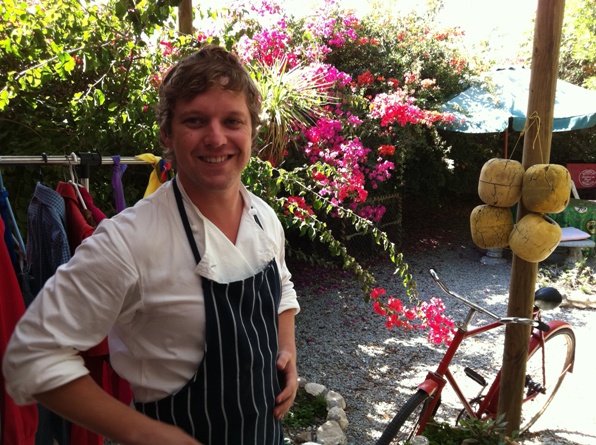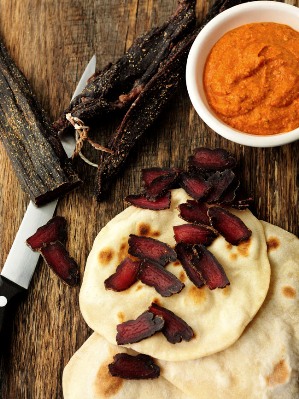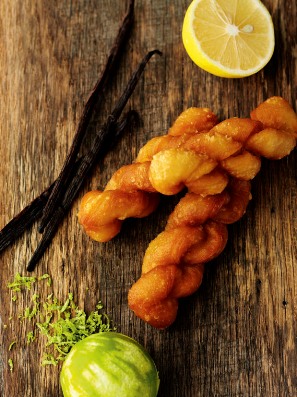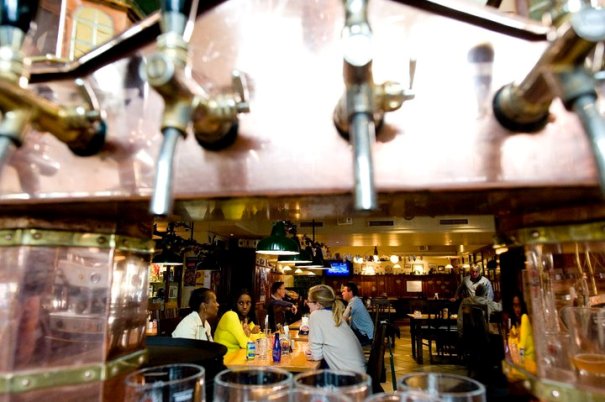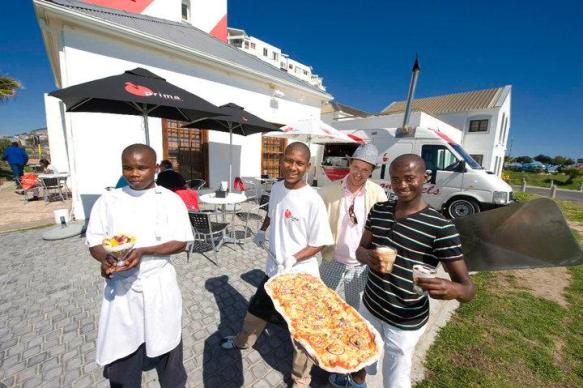If my editor ever wanted to get rid of me, all he would have to do is insist that I start using stars to rate restaurants. When I still ran a weekly theatre review, people would often ask me: “Why don’t you use stars like the other newspapers?” My reply: “Why do you need stars if you read the review?”
I understand the concept of awarding stars when it comes to rating wine, running shoes, generals in the military or the creditworthiness of Greece. But it is dreadfully unfair and misleading when applied to experiences such as a Shakespeare production or a banquet in a Chinese restaurant.
The Zagatification of life keeps spreading. In Europe, star ratings are closer to hotel classification — there is a strictly controlled checklist so that you know what it means, and the public has a pretty good idea of what a three-star Michelin restaurant is.
But the newspaper critic’s star system is in his mind and readers come with their own assumptions of what it should mean, so the system is flawed from the outset. There are places I would give five stars for their dumplings but readers would scream at me when they see the tacky venue. There are other eateries where they could put me in a golden armchair and serve me champagne in a hand-blown glass and I would still knock off a star if they tortured me with loud, inappropriate music.
Yet there is no point arguing with the Zagat restaurant guides — they are a phenomenal success story. Unsurprisingly, they started in the United States where folks like things simple: on or off, good or evil, for or against us, dead or alive.
Zagat bases its stars on the opinions of thousands of voluntary reviewers. Its method prefigured what is now ubiquitous on the internet — from Amazon.com to Rottentomatoes.com. You can even rate the reviews.
The most useful and comprehensive national guide for restaurants in South Africa is Eat Out. It does not use stars officially but it does encourage online readers to post reviews and aggregate an average user star rating.
“Restaurants are automatically notified when a review is posted and given the opportunity to respond,” said Anelde Greeff, content director of Eat In and Eat Out. “We don’t censor as a rule. We fix obvious spelling and grammar mistakes and delete offensive language.”
Awards, also ubiquitous these days, involve a lot more thought and discernment than arbitrary stars. So when it comes to selecting the 10 best restaurants in South Africa, is it any less problematic?
The annual Eat Out DStv Food Network Restaurant Awards will be announced on November 20 in the Rotunda at the Bay Hotel in Camps Bay at what promises to be a spectacular dinner (R1 000 a head) prepared by several of the country’s top chefs.
The sole judge is Abigail Donnelly. She received “input from a panel of professional reviewers across the country”, comprising more than 30 individuals. Restaurant customers — 75 000 readers — have been able to submit their reviews online and input from both these sources was taken into account before the judging started.
The awards really are a big deal in the industry.
But how do you weight food, ambience and service to produce an overall fair assessment?
“My philosophy is that taste is the emotional component of a dish. It is about caring, passion, dedication — an uplifting philosophy and consistency that shines through,” said Donnelly.
To be on the top restaurant list, an establishment must “set standards that lift the restaurant industry in South Africa to new heights”. Out of a total of 100 points, food counts for 70 and is broken down as follows: appreciation of the use of local, seasonal produce, ethically sourced animal products and sustainable fish species (15); presentation, plating and accuracy of the menu description (15); taste (25); value for money (5); and wine choice (10).
Service counts 20 points and covers the diner’s experience from making the reservation to settling the bill, the attitude of staff, their knowledge of the menu, specials and wine, and the willingness to go that extra mile to accommodate special requests.
Ambience counts only 10 points and covers an establishment’s atmosphere, comfort, design, interior decor, glasses, cutlery and linen, cleanliness, music and bathrooms.
This year Eat Out will also announce winners in six new categories: best Asian restaurant, best Italian restaurant, best steakhouse, best country-style restaurant and best bistro, as well as the Boschendal Style Award for “the most stylish restaurant”.
To get into the top 20, the restaurant “must illustrate astonishing talent in an establishment of world-class standard. It must leave you inspired and enraptured.”
This year’s nominees:
Azure Restaurant
Babel
Bosman’s
DW Eleven-13
Grande Provence
The Greenhouse
Hartford House
Jordan Restaurant
La Colombe
Mosaic Restaurant
Nobu
Overture
Pierneef à La Motte
Planet Restaurant
Roots
The Roundhouse
The Tasting Room
Terroir
The Test Kitchen
Tokara
Published in the Mail & Guardian

